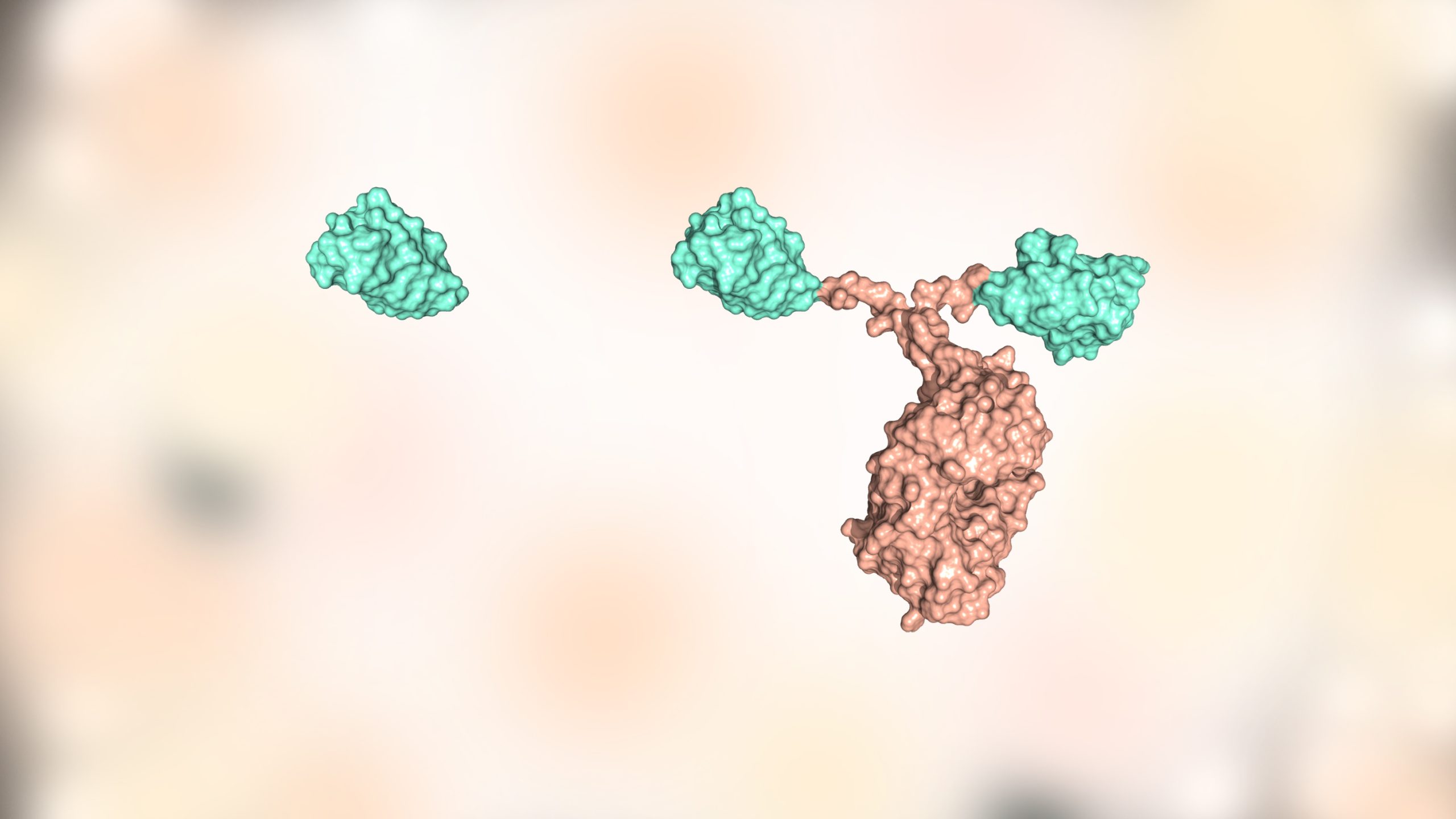- Introduction to HER2 targets
Human epidermal growth factor receptor 2 (HER2), also known as ERBB2, is a receptor tyrosine kinase that belongs to the ERBB receptor tyrosine kinase family together with HER1 (EGFR), HER3, and HER4. HER receptors control the growth, differentiation, and survival of epithelial cells. In addition to HER2, other members of the EGFR family activate their activity through ligand binding, but no ligand has been found that directly binds to the extracellular domain of the HER2 receptor. HER2 activates cellular pathways via dimerization of transmembrane receptors. HER2 gene amplification or protein overexpression is closely related to adverse pathological changes and poor prognosis, such as increased cell proliferation, tumorigenesis, and invasion through the induction of downstream pathways such as PI3K/Akt. Reports indicate that HER2 gene amplification or HER2 protein overexpression has been detected in breast cancer, gastric cancer, lung cancer, colorectal cancer, and ovarian cancer.
The specific detection of HER2 receptor protein using targeted drugs is very important for the diagnosis and treatment of cancer. Related candidate targeting molecules include monoclonal antibodies, antibody fragments, peptides, single-domain antibodies, etc. Among them, single-domain antibodies are the smallest naturally occurring antigen-binding fragments. They have a relative small molecular weight, high stability, a high clearance rate, and low immunogenicity. They have unique advantages in applications in the field of molecular imaging.

- HER2 single-domain antibodies under research
According to literature reports, researchers used HER2 antigen, target DNA, or cells expressing HER2 antigen on their surfaces to immunize camels and screen for HER2-specific single-domain antibodies. Expression systems such as E. coli are then used to achieve large-scale preparation of single-domain antibodies. A number of HER2 single-domain antibodies have been developed to the clinical stage to evaluate their diagnostic potential against HER2-overexpressing tumors. Since HER2 overexpression accounts for the largest proportion of breast cancer, the research subjects mainly focus on the breast cancer population. Some of the HER2 single-domain antibodies under development are summarized as follows: 2Rs15d, NM-02, 5F7, MIRC208, MIRC213, 11A4, 18C3, 22G12, etc. Among them, the product candidate based on 2Rs15d and used for tumor imaging has been developed for Phase II clinical trials. The Phase 1 clinical trial of NM-02 for molecular imaging of breast cancer has been completed. 5F7 and MIRC213 are undergoing Phase 1 clinical trials, while 11A4, 18C3, 22G12, and others are in the preclinical research stage.
2.1 HER2 single-domain antibody 2Rs15d
2Rs15d, also known as anti-HER2-VHH1, has demonstrated good HER2 targeting in both preclinical and clinical trials. Based on 2Rs15d, a HER2-specific single-domain antibody, researchers have selected a variety of different imaging markers and developed a number of tumor molecular imaging candidate products, including 68Ga, 131I, 99mTc, 18F, and 89Zr. One of the 68Ga-labeled product candidates has entered Phase 2 clinical trials.
2.2 HER2 single-domain antibody NM02
NM-02 is another HER2 single-domain antibody. Based on this, the researchers combined the nuclide 99mTc to develop the candidate product 99mTc-NM-02. 99mTc-NM-02 as a tumor imaging drug for SPECT/CT imaging of HER2-positive tumors will be compared to the existing gold standard for HER2 expression detection, namely biopsy tissue immunohistochemistry (IHC) and/or fluorescence in situ hybridization (FISH) and 18F-FDG PET/CT imaging.
2.3 HER2 single-domain antibody 5F7
5F7 is a screened HER2 single-domain antibody. Various radionuclide-labeled 5F7s have shown tumor imaging potential in preclinical models.
2.4 MIRC208 and MIRC213
MIRC208 and MIRC213 are two HER-specific single-domain antibodies. The researchers used the nuclide 99mTc to label two single-domain antibodies and verified in a mouse model that the two tracers 99mTc-MIRC208 and 99mTc-MIRC213 could clearly visualize HER2-positive tumors, but could not visualize HER2-negative tumors.
References
Zhao L, Liu C, Xing Y, et al. Development of a 99mTc-Labeled Single-Domain Antibody for SPECT/CT Assessment of HER2 Expression in Breast Cancer. Mol Pharm. 2021 Sep 6;18(9):3616-3622. doi: 10.1021/acs.molpharmaceut.1c00569.
D’Huyvetter M, De Vos J, Xavier C, et al. 131I-labeled Anti-HER2 Camelid sdAb as a Theranostic Tool in Cancer Treatment. Clin Cancer Res. 2017 Nov 1;23(21):6616-6628. doi: 10.1158/1078-0432.CCR-17-0310.
Li L, Liu T, Shi L, et al. HER2-targeted dual radiotracer approach with clinical potential for noninvasive imaging of trastuzumab-resistance caused by epitope masking. Theranostics. 2022 Jul 18;12(12):5551-5563. doi: 10.7150/thno.74154.
